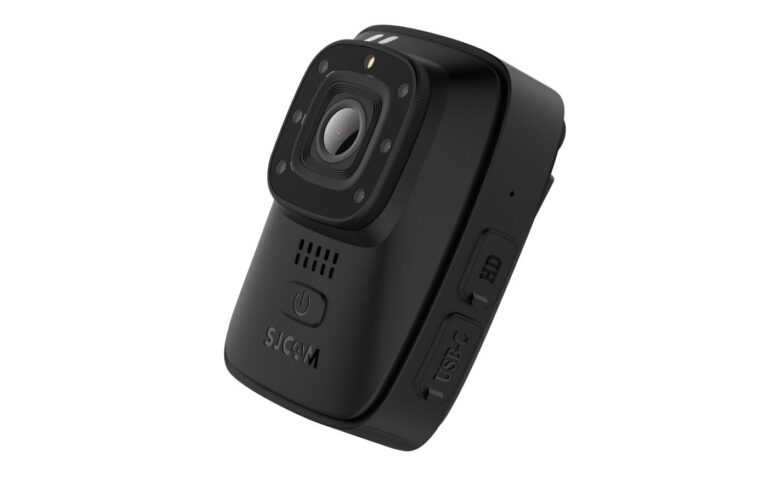Qualcomm took a big step to enable large-scale deployment of 5G with the announcements of the new Snapdragon 480 5G SoC. The company had hinted a few months ago that it would release the Snapdragon 400 series with 5G compatibility, bringing a new connectivity standard to the cheapest devices on the market, targeting a very high $ 250 Price Range.
The new Snapdragon 480 is a very impressive SoC not only because of its 5G feature list but also because it is a major performance upgrade in many ways, including the use of two Cortex-A76 cores as key performance processors – a very quantum leap in the 400 series, likely representing a quantum leap in millions of markets performance of low-cost devices available.
What You Need To Know About The Snapdragon 480 5G Spec
Snapdragon 480 5G CPU Configuration
Starting with the CPU configuration, the new Snapdragon 480 is quite exciting for the low SoC as it crashed the older Cortex-A73 cores of the previous generation Snapdragon 460 for a couple of newer Cortex-A76 cores running 2.0. GHz.
This isn’t the latest processor IP address on the market, but the jump from A73 to A76 is very large in terms of single-threaded performance and is expected to bring significant user experience benefits to new devices using the Snapdragon 480 5G.
The new SoC is a 2 + 6 processor design, unlike its predecessor’s 4 + 4 setting – multi-threaded performance may not look very good, but I don’t see this SoC class as a problem. The configuration of the processor really looks almost identical to what we’ve seen in the Snapdragon 675 – these parts would be good indicators of what to expect from the new 480.
Snapdragon 480 5G GPU configuration
On the GPU side, we see an upgrade from the Adreno 610 to the Adreno 619 – Qualcomm promises 100% performance growth over its predecessor, the Snapdragon 460.
Memory
In terms of memory, this is still a cheap 2x16b LPDDR4X SoC, but we’ve seen a slight increase in frequencies to 2133 MHz.
AI performance
Artificial intelligence performance is said to have increased by 70%, thanks in part to an upgrade to the new Hexagon 686 DSP block with vector and tensor extensions. On the camera side, what’s interesting is that Qualcomm announces that they’ve actually introduced a triple ISP system, a feature that was only recently announced on the flagship Snapdragon 888 a few weeks ago.
The maximum sensor resolutions are 64 MP for a single module, 25 + 13 MP for dual camera mode, or 13 + 13 + 13 MP for triple sensor recording mode.
Either way, although ISP capabilities have increased during this generation, the video encoder is still limited to 1080p60 H.264 / H.265. Qualcomm also reveals that the display controller reaches a maximum of 1080 x 2520, even though it supports a refresh rate of up to 120 Hz.
5G In The Low Segment
While the Snapdragon 480 5G would have been impressed with just the technical upgrades mentioned above, a great feature of the next-generation SoC is the new modem subsystem that fully supports the 5G NR.
The integrated X51 modem supports LTE speeds of up to 800 Mbps downlink and 210 Mbps uplink, as well as combined 5G sub-6 and mmWave throughput of up to 2500 Mbps downlink and 660 Mbps uplink connections.
Frequency capacity below 6 GHz drops by 100 MHz, but what is surprising is that while the chipset is an inexpensive, inexpensive design, it still has mmWave capabilities, albeit in a much smaller frequency band than larger flagship modems that drop only 200 MHz: with.
Given that mmWave currently plays an important marketing role in 5G deployment in the US, some support for new technology is necessary to overcome device design, even if it is a somewhat contradictory feature in low-cost devices with cost-sensitive devices.
The X51 modem supports brand new important 5G technologies and supports FDD and TDD independent (SA) and non-discrete (NSA) 5G networks, as well as DSS (dynamic spectrum allocation).
The new chip is then manufactured in Samsung’s 8nm process node, giving it very good energy efficiency.
Snapdragon 480 5G Phones
Qualcomm’s announcement included partner vendors HMD Global, OPPO, and Vivo, which approved the new chipset. More interestingly, OnePlus was also one of the suppliers who found the new chipset – maybe that would hint at the arrival of a new low-end OnePlus device?
Adam Ferguson, head of product marketing at Nokia Mobile, commented on Qualcomm’s new announcement, reiterating that democratization technology is at the heart of Nokia Mobile’s business and that the company is excited about the opportunity to bring 5G at even lower prices.
In a press release, Qualcomm named Nokia Mobile as one of the partners that should bring the Snapdragon 480 5G to market in the coming months.




